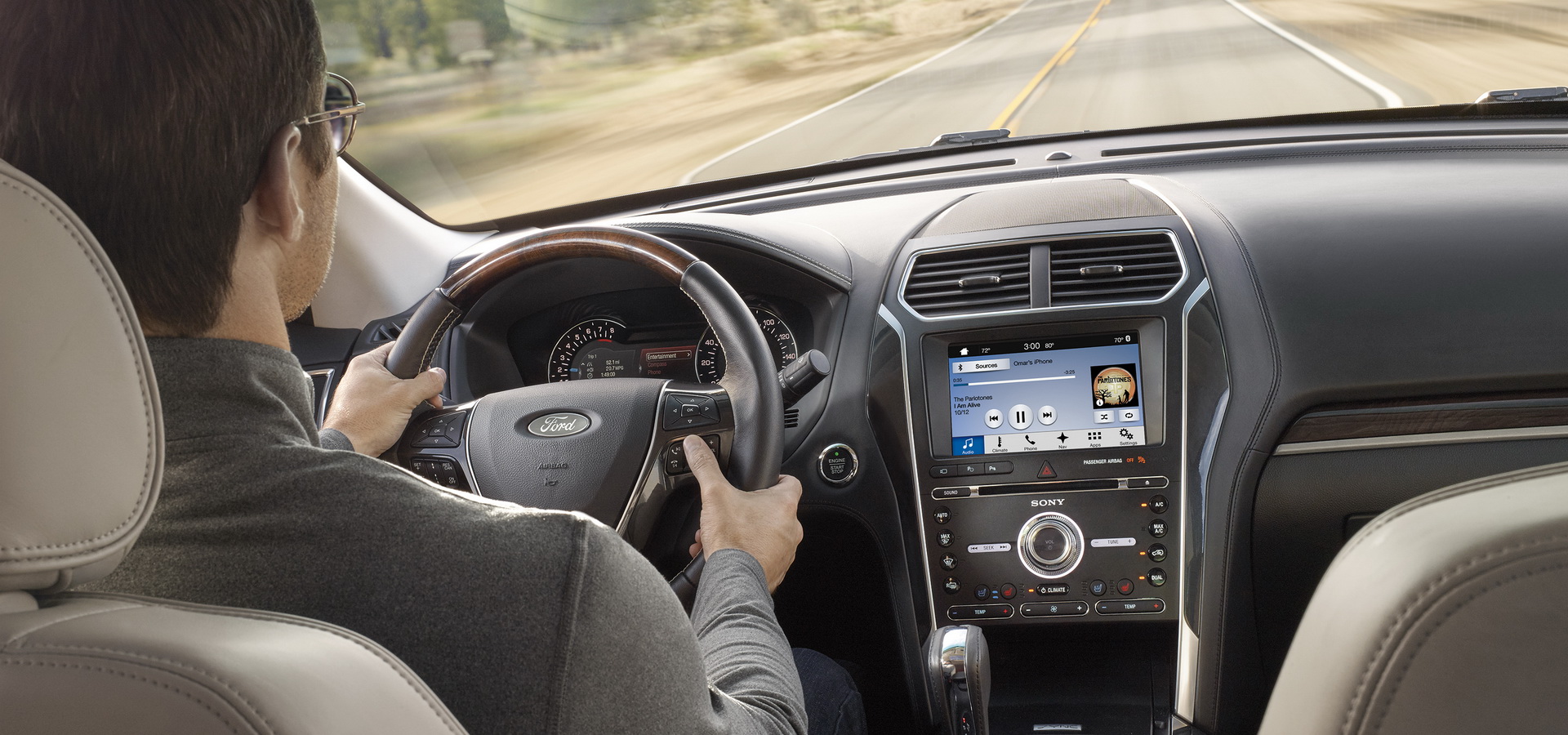Dull headaches, dizziness, fatigue: all symptoms of carbon monoxide poisoning, among quite a few other equally unpleasant ones.
Bert Henriksen, the owner of a 2017 Ford Explorer, experienced these symptoms several days per week following his 30-mile commute home. “We were getting scared that he had some kind of a brain problem,” said his wife, Megan. A blood test then revealed the true culprit.
It was exposure to toxic levels of carbon monoxide gas, consistent with someone who’s been in a house fire, said his doctor. Henriksen, however, hadn’t been in a house fire – and after a while suspected the cause was his American-built SUV. According to Bloomberg, he’s not the only one.
How it all started
Here’s an excerpt from the news outlet’s report:
“The first complaints about exhaust fumes seeping into its cabin followed soon after. One came from a Ford manager who was leasing an Explorer. Company engineers tested his vehicle and confirmed what they described as a slight exhaust odor under specific driving conditions: full-throttle acceleration while the climate-control system was in recirculation mode.
Ford described those circumstances as outside “typical customer usage,” according to a letter the company sent NHTSA in August 2016. Using recirculation mode created negative air pressure inside the cabin, which could draw in outside gases through gaps in the rear of the Explorer’s body, the automaker’s letter said.
It didn’t however address any potential flaws in the Explorer’s exhaust system itself, but records the company turned over to NHTSA indicate Ford dealers found exhaust system leaks in roughly 50 Explorers between December 2011 and April 2016 – all on vehicles with fewer than 100,000 miles.”
Bloomberg points out that the allegations are not easy to prove, as doctors don’t usually test patients for exposure to carbon monoxide. Plus, the issue occurs randomly.
Henriksen now drives with a portable carbon monoxide detector in his Explorer, which occasionally shows elevated levels, forcing him to drive with the window open. In order to raise awareness, he invited Bloomberg News along for a long test drive. However, during a 76-mile (122 km) journey back in January, one of two detectors in his car registered only tiny amounts of the gas, while the other showed nothing at all. “That’s the problem – it’s so sporadic,” said Henriksen.
Another Explorer owner, Dallas Haselhorst from Hays, Kansas, had a similar experience: “Weeks would go by without any exhaust fumes or carbon monoxide readings and then both would appear, seemingly at random.” Ford eventually bought back his car in December of 2017. Henriksen is in the process of selling his back to Ford too.
Ford denies all allegations, cites “ghost” standards
More than 3,000 Explorer owners have contacted Ford as well as Federal regulators after suspecting that exhaust fumes have entered their vehicle’s cabins. Many of them have said that the exposure made them ill, while dozens have complained that the recommended fix wasn’t effective. In total, over 50 legal claims have been filed nationwide against Ford, with some police departments also saying in 2017 that Explorers were exposing officers to carbon monoxide.
The Blue Oval, which launched an all-new Explorer for the 2020MY, claims there’s nothing wrong with its predecessor: “All of our testing to date has shown these vehicles are safe,” stated company spokesman Mike Levine. “Ford’s investigation has not found carbon monoxide levels that exceed what people are exposed to every day.”
Moreover, it states that its most recent repair campaign in 2017 has led to much fewer complaints and that the fix “effectively resolves the matter.”
In August of 2016, Ford wrote a letter to the NHTSA which said that the carbon monoxide levels it found in its vehicles were well within established limits, citing an air-quality standard that experts can’t actually verify.
The letter said the ‘Global Vehicle Interior Air Quality Standard’ allows for continuous exposure to 25 ppm for up to an hour. The problem is no such standard can be found, not even with a thorough Google search. That’s odd, to say the least…
Accidents, injuries, illnesses, complaints
In July 2017, the NHTSA found 2,719 Explorer drivers who had complained about exhaust seepage to either Ford or their agency. These complaints included claims of three crashes and 41 injuries, including headaches, nausea and “unspecified loss of consciousness.” Since then, these numbers have only gone up, with more than 80 injuries where 11 of them claim drivers crashed after losing consciousness.
Even though the NHTSA’s probe as well as Ford’s repairs have involved only 2017MY and older Explorers, more than a dozen 2018 Explorer owners have since complained about exhaust fumes within the cabin.
Currently, Ford is continuing to monitor customer complaints, saying that anybody with concerns should contact their dealer for inspections.
Police had issues with their Explorers, too
In 2017, police officers who drove Explorers in California and Massachusetts tested positive for exposure to carbon monoxide. In Austin, Texas, authorities pulled almost 400 Explorer Police Interceptors from their fleet due to similar concerns. Even as recently as last September, an officer from the Fall River PD in Massachusetts was diagnosed with carbon monoxide poisoning.
A former officer, Brian McDowell, is now suing Ford after passing out behind the wheel of his Interceptor at almost 50 mph (80 km/h) in 2015. He cut across multiple lanes before crashing into a tree; Ford has refused to assume any responsibility for the incident though.
This smell won’t go away that easily
Levine, the Ford spokesman, said that carbon monoxide should only be measured with scientifically calibrated detectors, which can cost several hundred dollars. He also said that chemicals like vapors from cleaners, solvents and air fresheners could be causing false readings.
Don’t tell that to one Ohio driver who found a carbon monoxide concentration of 141 parts per million (ppm) inside his Explorer, where such concentrations in the air typically register less than 2 ppm, according to the Environmental Protection Agency (EPA).
Aside from potentially deadly effects from high levels of carbon monoxide, even exposure to low levels can cause major problems, especially in elderly individuals, infants or people with heart disease. Despite the fact that there’s no U.S. standard for interior air quality in cars, various agencies have set their own limits ranging from the U.S. Occupational Safety and Health Administration’s 50 ppm to California state regulators’ 25 ppm – both averaged over an eight-hour shift.
“It could be a serious problem,” says Allan Kam, an independent auto safety consultant, previously with the NHTSA. “And because it’s not like a crash where there’s an obvious impact or moment of danger, this is something that builds up over minutes but potentially could be very serious or deadly.”
According to the NHTSA, “preliminary evidence” of elevated carbon monoxide levels was found in 2017 in “some driving scenarios.” If a defect is actually found, then Ford may be forced to recall more than 1 million vehicles built between 2010 and 2018. But that might pale in comparison to the class action lawsuits that are sure to follow, not to mention any Federal fines that could be imposed.







